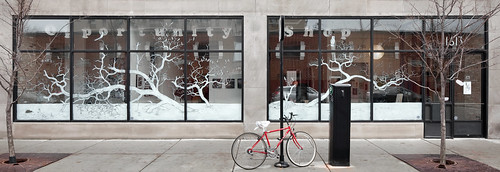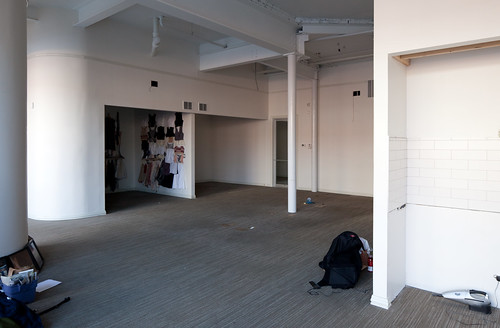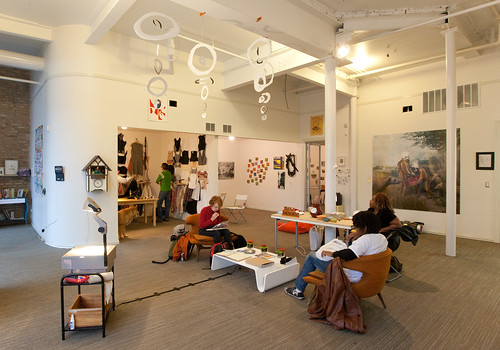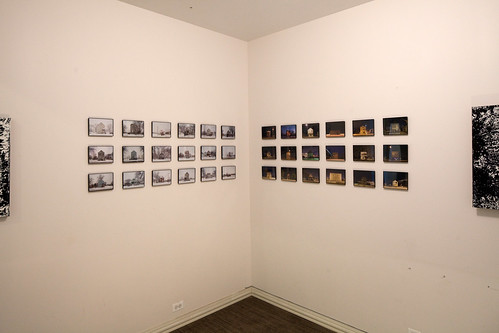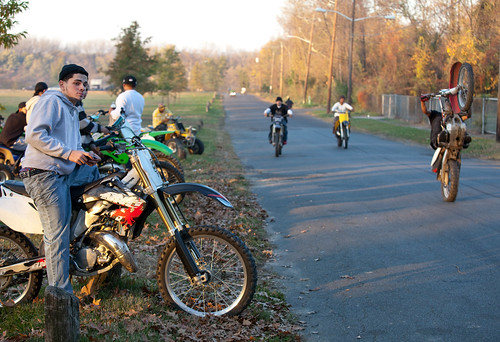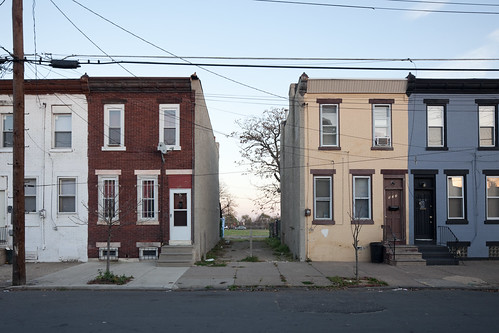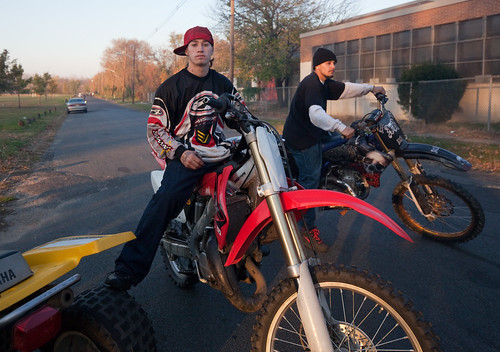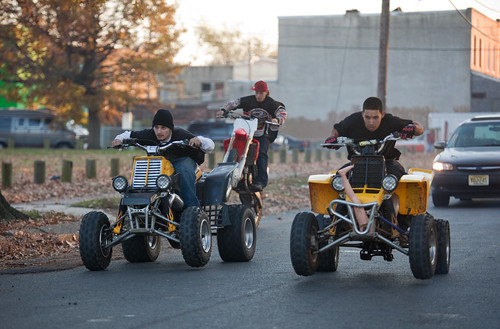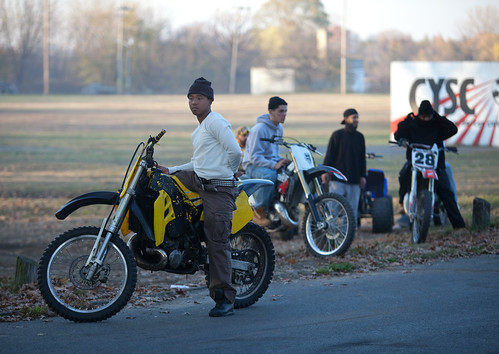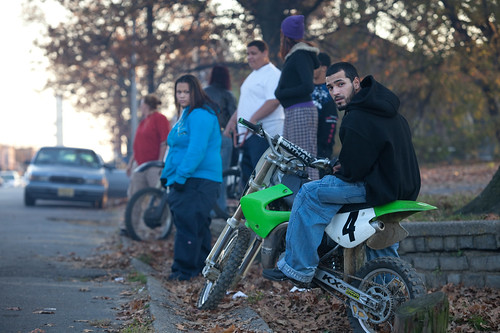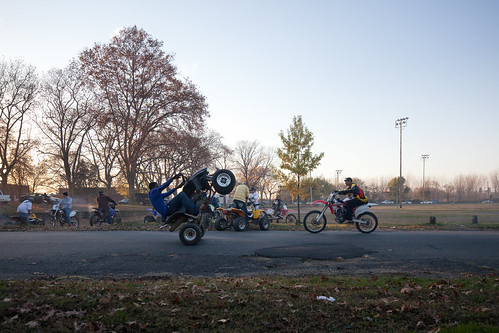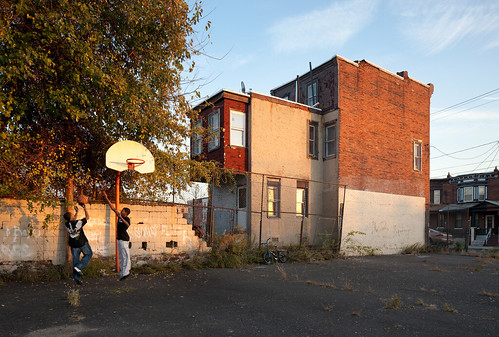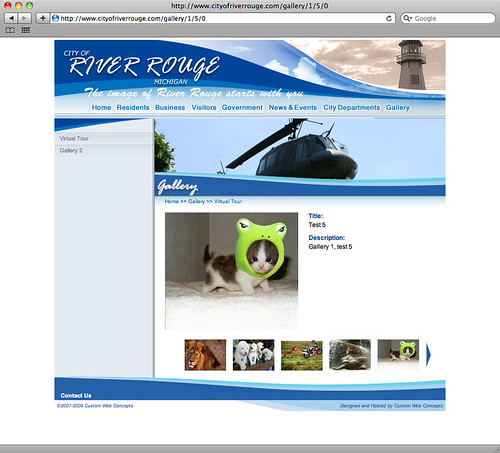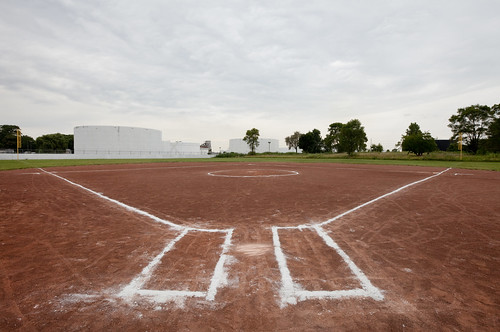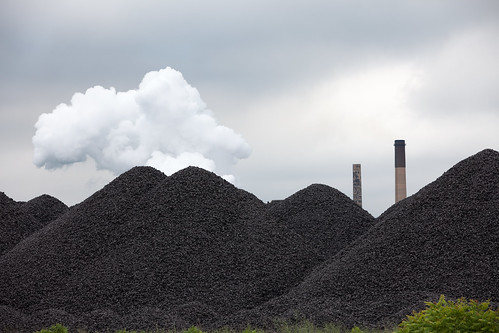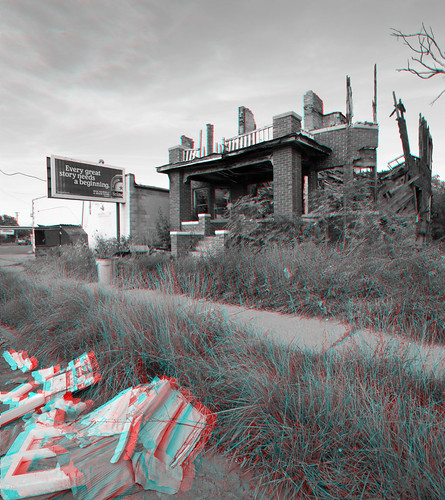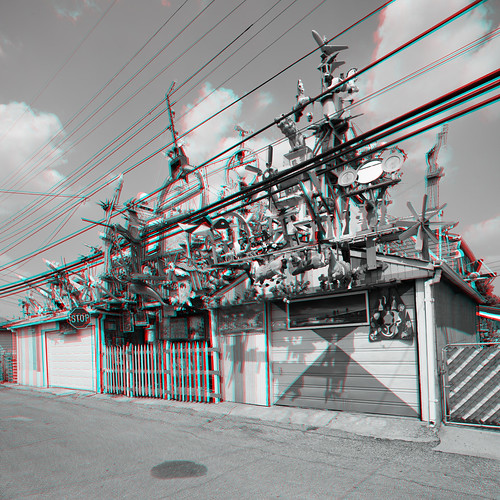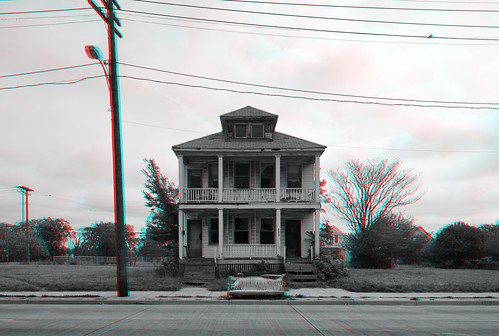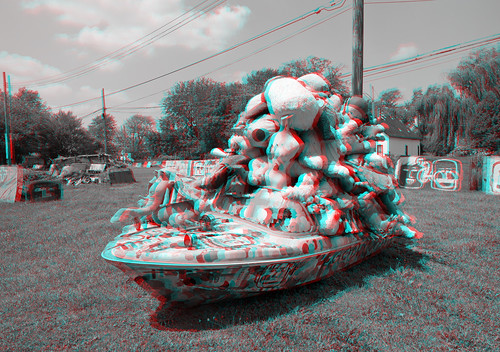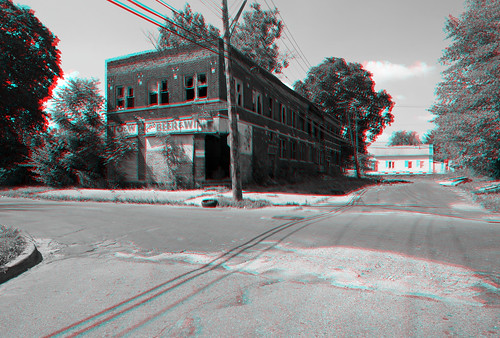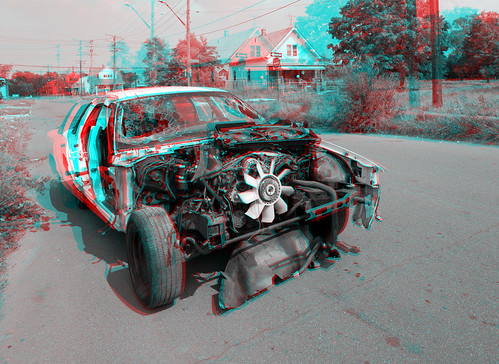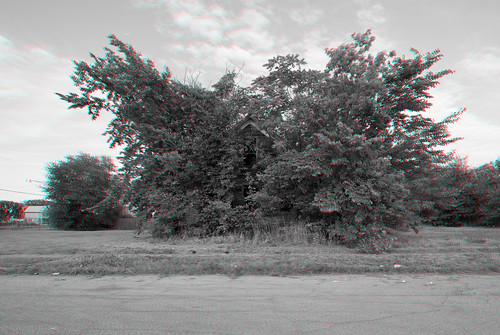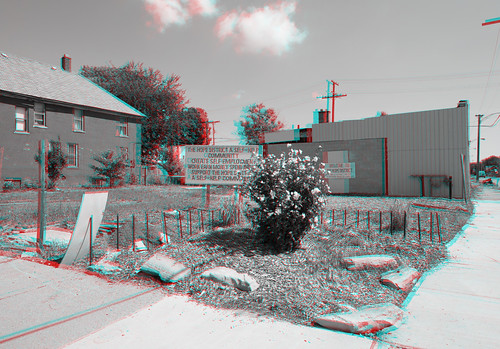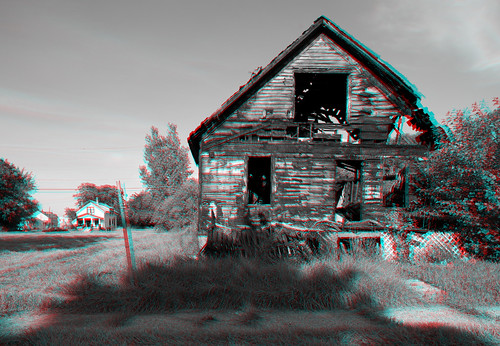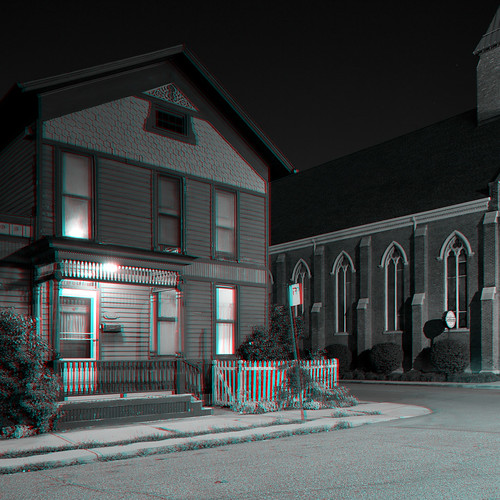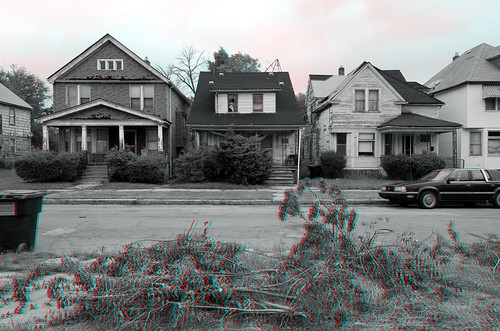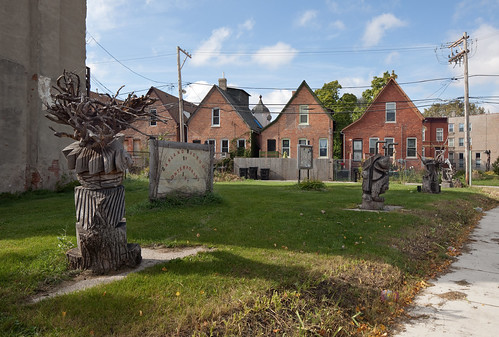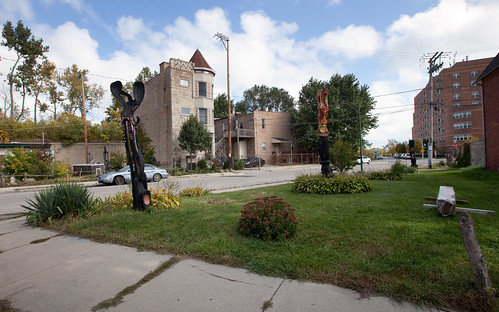A variety of new efforts at reconceptualizing the built environment are emerging as communities grapple with vacancies caused by the economic downturn. I’ve recently become involved with one of the many new initiatives on the South Side of Chicago: The Op Shop.
As described by its founders, who run Home Gallery:
The Opportunity Shop is a transitory, experimental space for new art in Hyde Park.
The Op Shop is dedicated to creating alternative sites of exchange around art in vacant urban spaces. Come be a part of its first incarnation on East 55th Street, where local artists have produced an evolving, total installation of video, photography, drawing, and sculpture.
This large storefront, made available by Mac Properties for a token fee, offers a chance to create innovative encounters between artists and audiences, and new ways of connecting art to urban change.
Several dozen artists (including myself) have signed on to participate in this first attempt.
Here are a handful of images of the space:
The façade, including “Flood Drawing” by Anders Nilsen:
